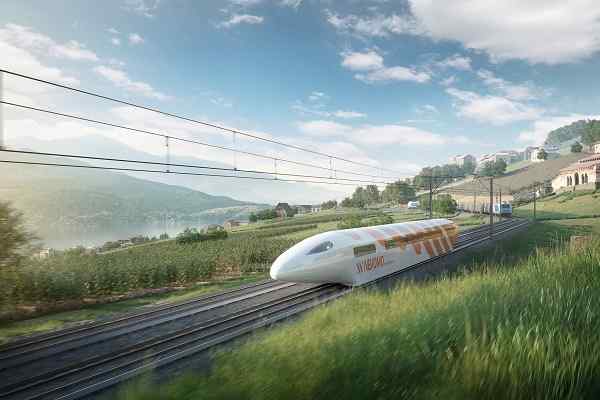 California commences construction on $12bn Los Angeles - Vegas High Speed Rail Project
California commences construction on $12bn Los Angeles - Vegas High Speed Rail Project Kochi Water Metro floats tender to procure 15 more electric-hybrid ferries
Kochi Water Metro floats tender to procure 15 more electric-hybrid ferries Siemens Mobility-Hassan Allam Construction JV Sign Contract for UAE – Oman Railway Link
Siemens Mobility-Hassan Allam Construction JV Sign Contract for UAE – Oman Railway Link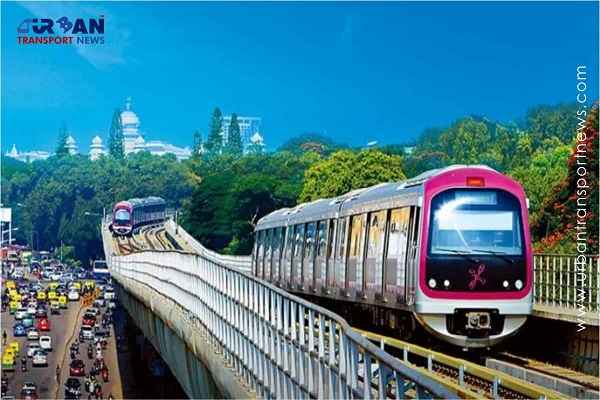 What is better public transport option for Bengaluru - RRTS or Metro Expansion?
What is better public transport option for Bengaluru - RRTS or Metro Expansion?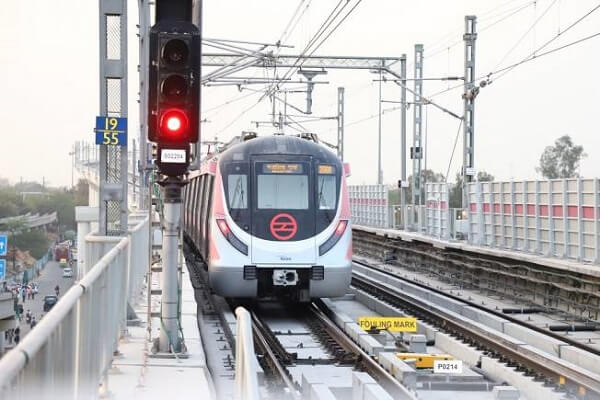 Behind Closed Doors: Corruption Uncovered in Delhi Metro's Top Management
Behind Closed Doors: Corruption Uncovered in Delhi Metro's Top Management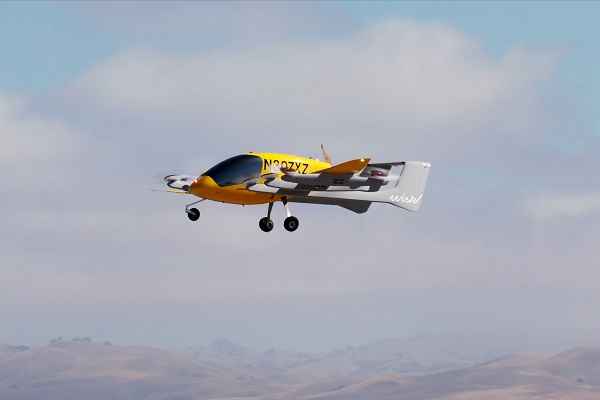 IndiGo to launch Urban Electric Air Taxis between Delhi to Gurugram
IndiGo to launch Urban Electric Air Taxis between Delhi to Gurugram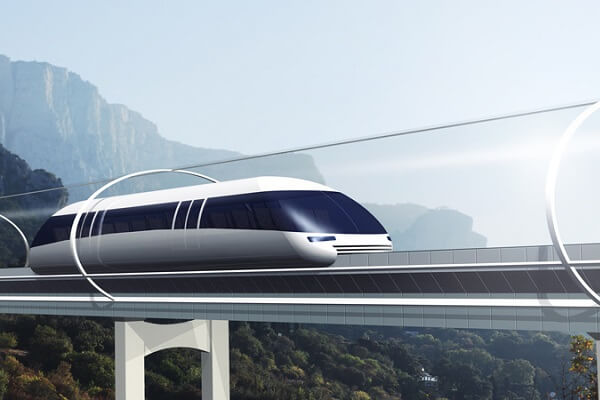 Swisspod secures Strategic Investment to advance the Hyperloop Transportation
Swisspod secures Strategic Investment to advance the Hyperloop Transportation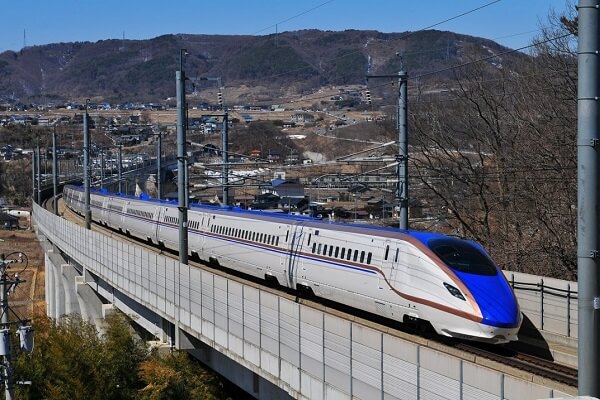 Siemens Mobility revolutionizes Copenhagen's S-bane Network with Driverless Technology
Siemens Mobility revolutionizes Copenhagen's S-bane Network with Driverless Technology Unlocking prosperity between India and Myanmar: The Kaladan Multi-Modal Transit Project
Unlocking prosperity between India and Myanmar: The Kaladan Multi-Modal Transit Project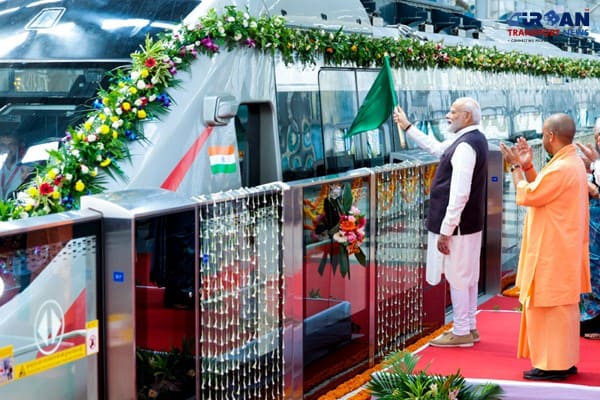 Is the RRTS Truly Accessible to the Common Man or Only the Privileged?
Is the RRTS Truly Accessible to the Common Man or Only the Privileged?
Webinar | Role of Nano-technology in Smart Urban Transportation
Join Saurabh at Rail & Metro Infrastructure 2021 on June 29, 2021 between 1200-1230-PM (IST)

Nanotechnology will have an effect in all fields of transportation, offering a wide range of tools to develop the system for the 21st century. For instance, advancements in nanotechnology can help in making carbon-based fibers that are 100 times stronger than steel, with just one-sixth the weight.
Nanomaterials ensure lower failure rates and longer life. Among the major applications is nanocoating of metallic surfaces to realize low friction, super-hardening, and better corrosion protection. Some others are “smart” materials that track and evaluate their own status and fix any defects caused by fire, fatigue, etc.; and “tailored” materials for vehicles and infrastructure. Faster, safer, and cheaper transportation can be realized with innovative materials, specifically, those designed with materials of nanoscale dimensions to have excellent properties (for example, lighter and stronger).
The use of new materials that even exceed the current requirements and needs of the railway sector, as well as the ever-increasing demand for sustainable solutions, directs research towards materials and multifunctional devices that are capable of offering innovative products and solutions that contribute to the competitiveness of the railway and the railway industry, reducing weights, costs and CO2 emissions, integrating quality and maintaining the required safety standards.
- Novel materials that allow ultra-miniaturization of space equipment and systems, including the development of “smart” probes and sensors. Applications include advanced aircraft avionics, low-power, radiation-hardened computing systems meant for autonomous space vehicles, and economical supersonic aircraft.
- Reduced use of transportation energy and its environmental impact. Applications include carbon-based nanostructures that act as “hydrogen supersponges” in-vehicle fuel cells, and nanoparticle-reinforced materials that substitute metallic components in cars. Few others are nanosensors to trigger traps for pollutants and track vehicle emissions, and substitution of carbon black in tires with nanoparticles of inorganic polymers or clays, leading to wear-resistant and eco-friendly tires.
- Innovative photonic nanodevices that can substitute the costly and bulky radio frequency transmission equipment onboard satellites, ships, or aircraft, or be leveraged for low-cost remote control of automobiles
- Enhanced catalysts that may either decrease or remove the emission of pollutants resulting from engines
- Nanotechnology is supporting advances in the automotive sector in several areas. This sector is the leading user of sensors and components for advanced built-in compact systems, and MEMS have been a major driver in many of the currently available sophisticated safety systems.
- Safety at level crossings is usually managed by traditional signalling systems, which use electronic sensors built into the rails to tell when a train is coming and transmit that information to the level crossing. The most common systems rely on an electrical circuit being formed between the train and the tracks.
For more insights on Nano-technology, please join Mr. Saurabh Choudhary, CEO, BizSpan at the "Rail & Metro Infrastructure 2021" Webinar Series on June 29, 2021, between 1200-1230 PM (IST).
Register online to book your space. Limited passes are available!





